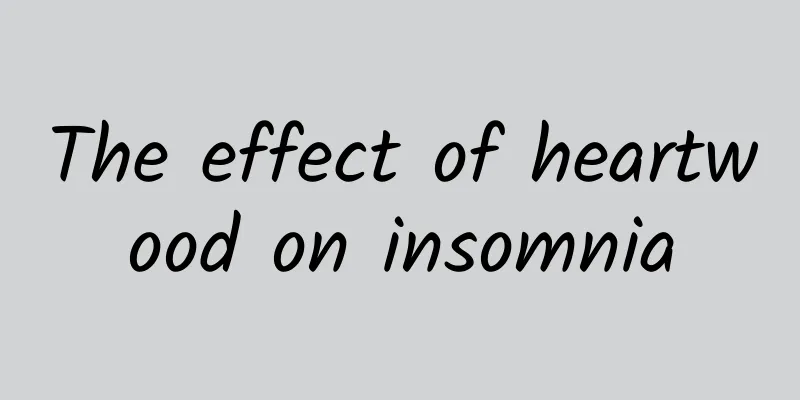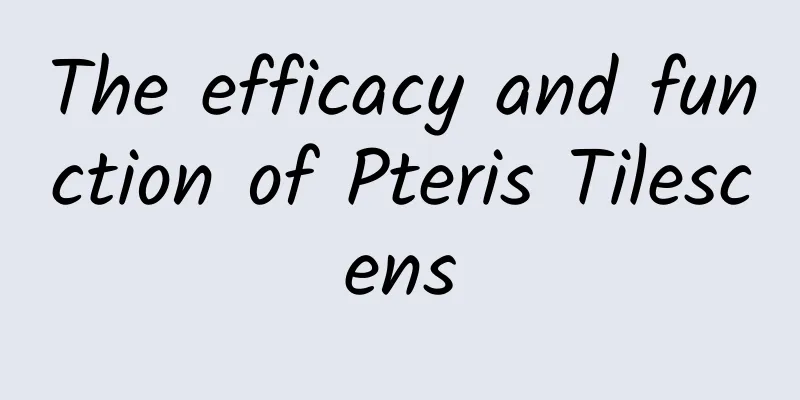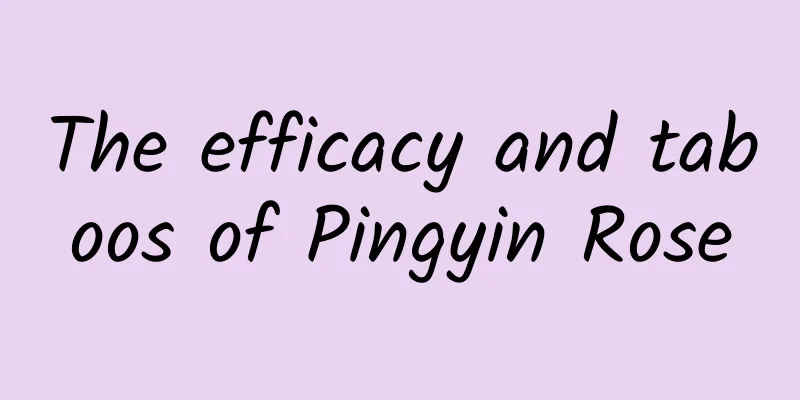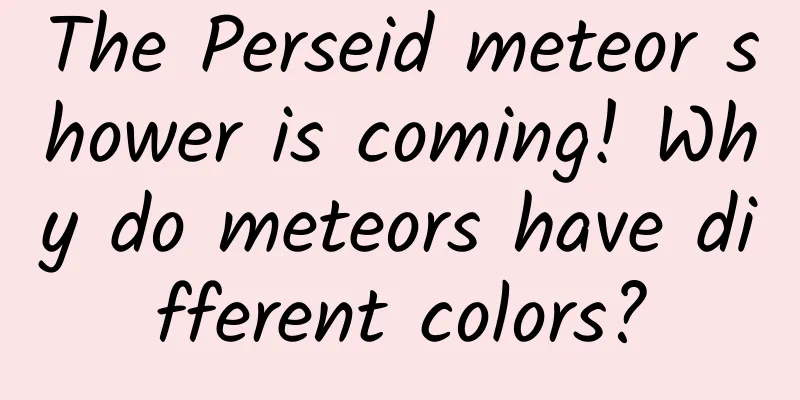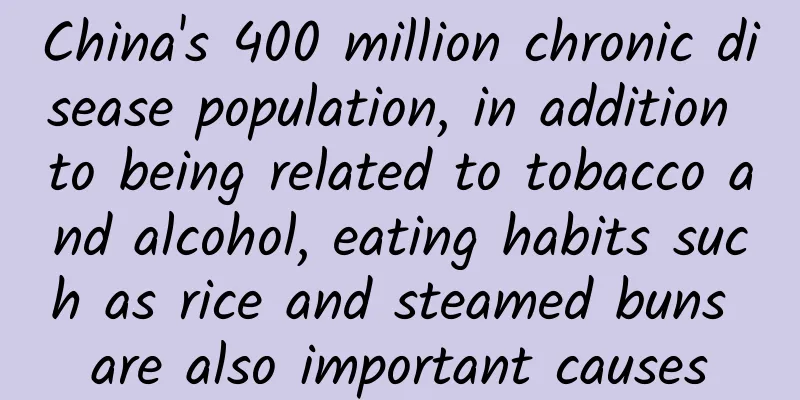The efficacy and function of hydrangea parsnip
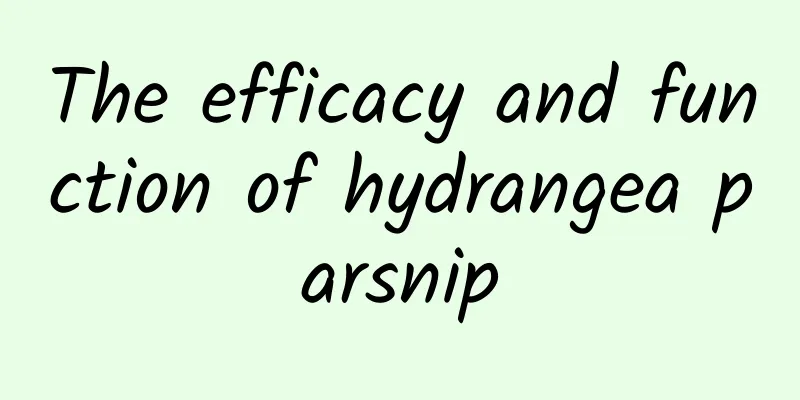
|
Speaking of hydrangea and parsnips, many people know that it is a Chinese medicinal material. So do you know the effects and functions of hydrangea and parsnips? How should it be eaten? Let’s find out now. 【Other name】 Embroidered windproof [Source] Medicinal material source: The fruit of the Hydrangea quinata plant of the Lapaceae family. [Original form] Annual herb, 30-100cm high. The stem is erect or twisted at the top, slender, and the whole plant is densely covered with dirty yellow long hairs. Leaves are opposite, ovate-lanceolate or lanceolate, 6-9cm long, 1-3cm wide, sparsely serrated, thick papery, with 3-5 pairs of lateral veins, and short petioles. The cymes are axillary, spherical, with many flowers densely packed; the calyx is tubular, with a swollen and slightly bent tip, 10-toothed, and linear lobes; the corolla is white or purple, the same length as the calyx tube and slightly protruding from the calyx tube, the rim is two-lipped, the upper lip is straight, helmet-shaped, and oblong, the lower lip is 1.5 times longer than the upper lip, 3-lobed, the middle lobe is inverted trapezoidal, and 2-circular lobes are at the tip; there are 4 stamens; the front pair is longer; the filaments are filiform, the anthers are ovate, and the 2-chambered; the ovary is 4-lobed, the style is columnar, and the stigma is 2-lobed. There are 4 small nuts, which are oval, brown and shiny. The flowering period is from July to October, and the fruiting period is from October to November. [Habitat distribution] Ecological environment: Grown in valley streams, roadsides, bushes or grasslands, etc. 【Nature and flavor】 Sweet; bland; neutral 【Functions and indications】Relieves exterior symptoms and clears the lungs; nourishes the liver and strengthens the spleen. It is used to treat colds, pneumonia in children, malnutrition, and red and swollen eyes. [Usage and Dosage] For oral use: decoct in water, 3-9g; or grind into powder. 【Excerpt】 Chinese Materia Medica The above is a brief introduction to the medicinal value of hydrangea and parsnips. For most people in real life, there is no need to worry about side effects when using hydrangea and parsnips to treat diseases. Therefore, using hydrangea and parsnip to treat diseases is an effective and practical treatment method, and it has been widely used in clinical practice. |
<<: Effects and functions of rusty-leaved wild peony
>>: The efficacy and function of spirea
Recommend
The efficacy and function of sunflower root
The development of Western medicine has brought s...
From the Olympics to daily fitness: Do you get the complete guide to first aid for sports injuries?
The Paris Olympics is halfway through. While watc...
How terrible is the only insect that can live in Antarctica?
Compared to the Arctic, Antarctica is much more d...
A 1-year-old baby accidentally swallowed something and his parents sent him to the ICU! This lesson must be remembered
Laundry detergent beads, cleaning agents, disinfe...
Insufficient phone memory? Here are some tips to help you solve it!
When you are out and about, you find that "t...
It’s the beginning of autumn, why don’t you go to the grassland?
No grassland China's mountains and rivers wil...
Is this plant called "Wintersweet" or "Wintersweet"?
As the Cold Dew solar term passes, the weather be...
The efficacy and function of deep mountain violet
The world is full of wonders, and Chinese medicin...
Stinky mandarin fish is the cloud-piercing arrow that calls Anhui people to
There is no lower limit in the competition of sme...
What are the medicinal values of iron walnut
Iron walnuts are completely different from the wa...
If you are bitten by a dog, this trick can help you counterattack quickly!
Audit expert: Zhu Guangsi Member of Beijing Scien...
The efficacy and function of Syzygium wilfordii
Syzygium wilfordii is a very common medicinal mat...
World Wetlands Day | These bad daily habits will destroy wetlands, change them quickly!
If you stroll in the countryside, you will be mes...
Be careful! Don't play with your phone like this, the consequences are quite serious!
Expert of this article: Xu Qibin, associate chief...
What are the effects and functions of Toosendan seeds?
Many of my friends may not have heard of Toosenda...
![[Body Wandering] How come a stone grows in a healthy kidney?](/upload/images/67effb0f24abb.webp)

